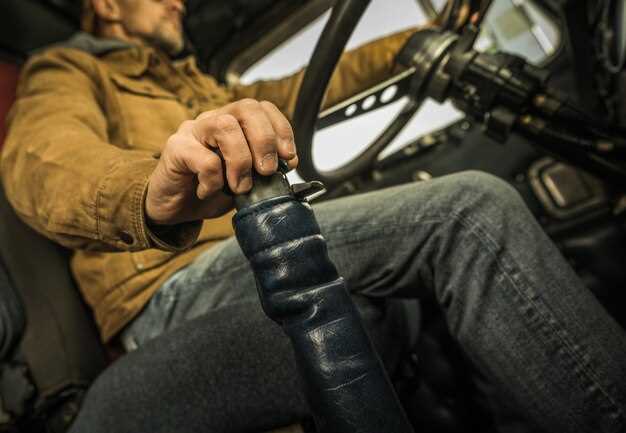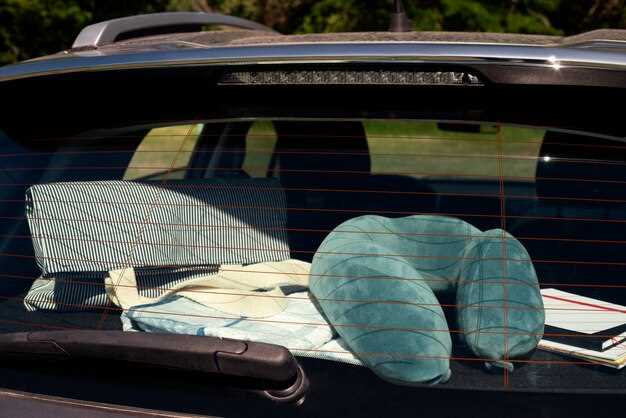
When it comes to overlanding, the right suspension system can make all the difference between a comfortable journey and a bumpy ride. Overlanding often involves traversing unpredictable terrains, from rocky paths to sandy dunes, which requires an adaptable and robust suspension setup. A quality upgrade can significantly enhance both the performance and reliability of your vehicle, allowing for better handling and increased payload capacity.
In this article, we will explore the top suspension upgrades specifically designed for overlanding vehicles. These enhancements not only improve the overall ride quality but also contribute to the vehicle’s off-road capabilities. Whether you are an experienced overlander or just starting your adventure journey, understanding suspension options is crucial for making informed modifications that suit your specific needs.
We will cover various aspects of suspension upgrades, including lift kits, shock absorbers, and other components that can bolster your vehicle’s performance. Each upgrade has its own set of advantages, and knowing which combinations work best can help you tackle challenging terrains with confidence. Join us as we dive into the essential upgrades that can transform your overlanding experience.
Selecting the Right Shock Absorbers for Rugged Terrain

When venturing into the wilderness with your overlanding vehicle, selecting the appropriate shock absorbers is crucial for optimizing suspension performance on rugged terrain. The right shocks can significantly improve handling, comfort, and overall traction. Here are key factors to consider:
- Type of Terrain: Assess the specific conditions you will encounter. Different terrains, such as rocky paths, sand dunes, or muddy trails, demand distinct shock absorber characteristics. For example, off-road shocks with greater rebound are best for rocky environments.
- Shock Absorber Types: There are several types of shock absorbers available, including:
- Monotube: Designed for high performance, they provide better heat dissipation and less fade.
- Twin-tube: These offer a softer ride but tend to heat up quickly under heavy loads.
- Adjustable Shocks: Allow customization of dampening settings based on the terrain, providing versatility for various driving conditions.
- Damping Rate: Choose shock absorbers with adjustable damping rates to ensure flexibility. Proper damping helps absorb impacts effectively and keeps your vehicle stable.
- Lift Height: Ensure that the selected shocks match your vehicle’s suspension lift. Mismatched height can lead to improper handling and performance issues.
- Durability: Off-road shocks must withstand harsh conditions. Look for features such as corrosion-resistant finishes and rugged construction to ensure longevity.
By understanding these factors, you can make informed decisions when selecting shock absorbers for your overlanding vehicle. The right choice will enhance your suspension setup, allowing you to tackle challenging landscapes with confidence.
Improving Ground Clearance with Lift Kits
Lifting your overlanding vehicle using lift kits is one of the most effective ways to enhance ground clearance. Increased ground clearance allows for better off-road performance, enabling vehicles to navigate over obstacles like rocks and uneven terrain without damaging the undercarriage. A proper suspension lift ensures that your vehicle can handle rough conditions while maintaining stability and control.
Lift kits are designed to elevate your vehicle’s suspension system, providing additional height to the chassis. This adjustment not only improves clearance but also enhances the approach and departure angles, critical for off-road driving. When selecting a lift kit, it’s essential to consider the suspension type, as each system responds differently to modifications.
Moreover, lift kits can accommodate larger tires, which further increases ground clearance. Larger tires contribute to improved traction and a more aggressive stance, allowing for better handling when traversing through challenging environments. A well-matched suspension lift and tire upgrade can significantly enhance the overall off-road capability of your vehicle.
It’s crucial to opt for a lift kit that aligns with your specific needs and driving style. Some kits offer adjustable components, allowing for customization based on terrain and load requirements. Professional installation is also recommended to ensure the integrity of the suspension system remains intact after the modifications.
Ultimately, investing in a quality lift kit not only improves ground clearance but also maximizes the potential of your overlanding vehicle, making it better suited for adventurous journeys into the great outdoors.
Choosing the Best Leaf Spring and Coil Spring Options

When upgrading your overlanding vehicle’s suspension, selecting the right type of spring is crucial for achieving optimal performance. Leaf springs and coil springs each offer unique benefits and considerations, making it essential to evaluate your specific needs.
Leaf springs are known for their durability and strength, making them a popular choice for heavy-duty applications. They provide a certain degree of load-bearing capability, which is useful when carrying extra gear or towing. In off-road situations, leaf springs maintain axle alignment and help absorb impacts from rugged terrain. However, they can be stiffer, potentially leading to a harsher ride on smoother surfaces.
On the other hand, coil springs offer superior ride comfort and adaptability. Their design allows for a smoother suspension movement, which is beneficial for handling uneven ground. Coil springs also tend to be lighter than leaf springs, contributing to better vehicle dynamics. Additionally, coil springs can be paired with shock absorbers to enhance overall suspension performance and control.
Choosing between leaf springs and coil springs ultimately hinges on your overlanding objectives. If your focus is on heavy load capacity and rugged reliability, leaf springs are often the better choice. Conversely, if comfort and ride quality are your primary concerns, especially for extended travel, coil springs may be more suitable.
Consider factors such as load requirements, terrain type, and your driving style when making your selection. It may also be beneficial to consult with a suspension expert or engage with the overlanding community for recommendations tailored to your specific vehicle and usage. Emphasizing the right spring type in your suspension upgrade will significantly enhance your overlanding experience.
